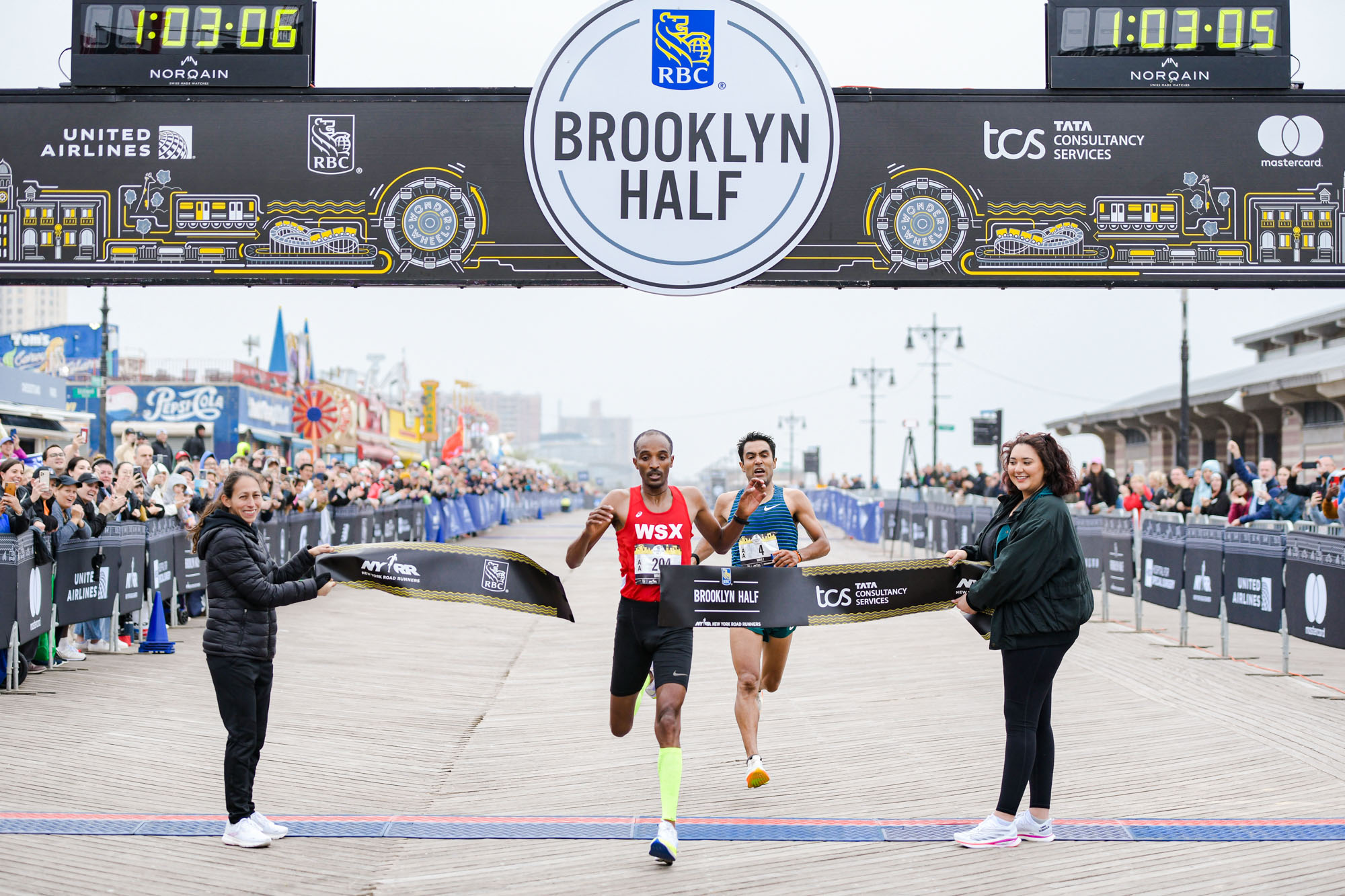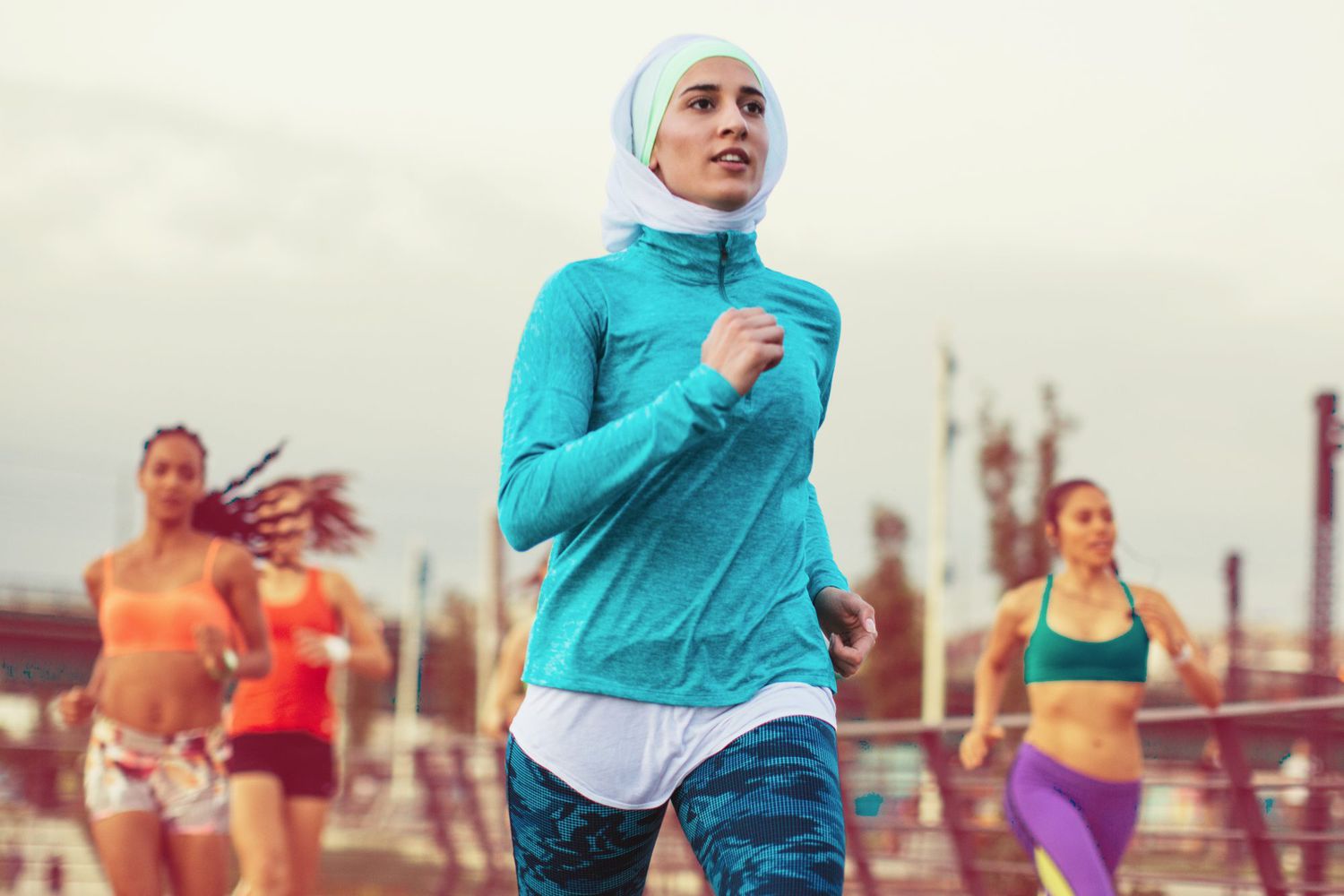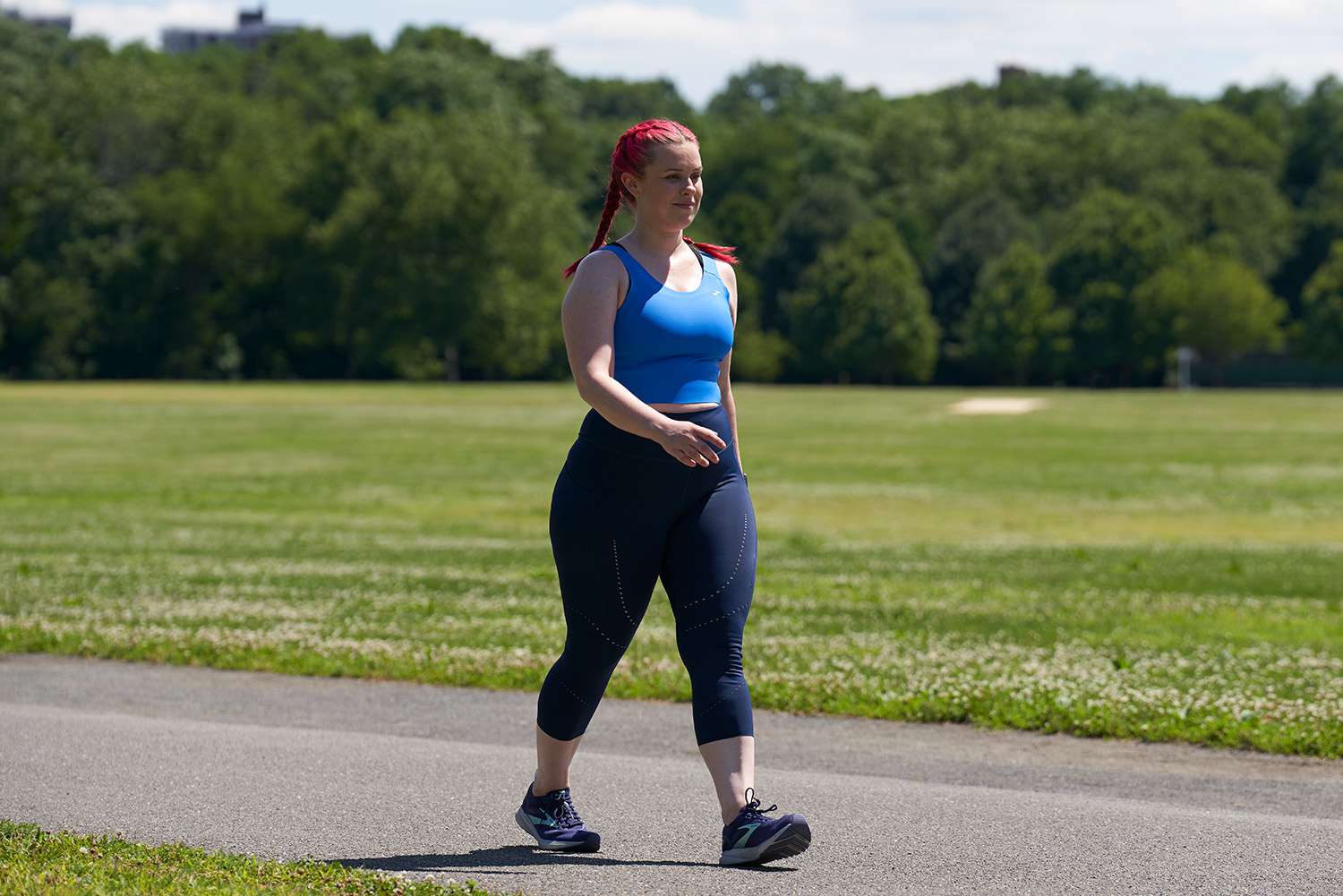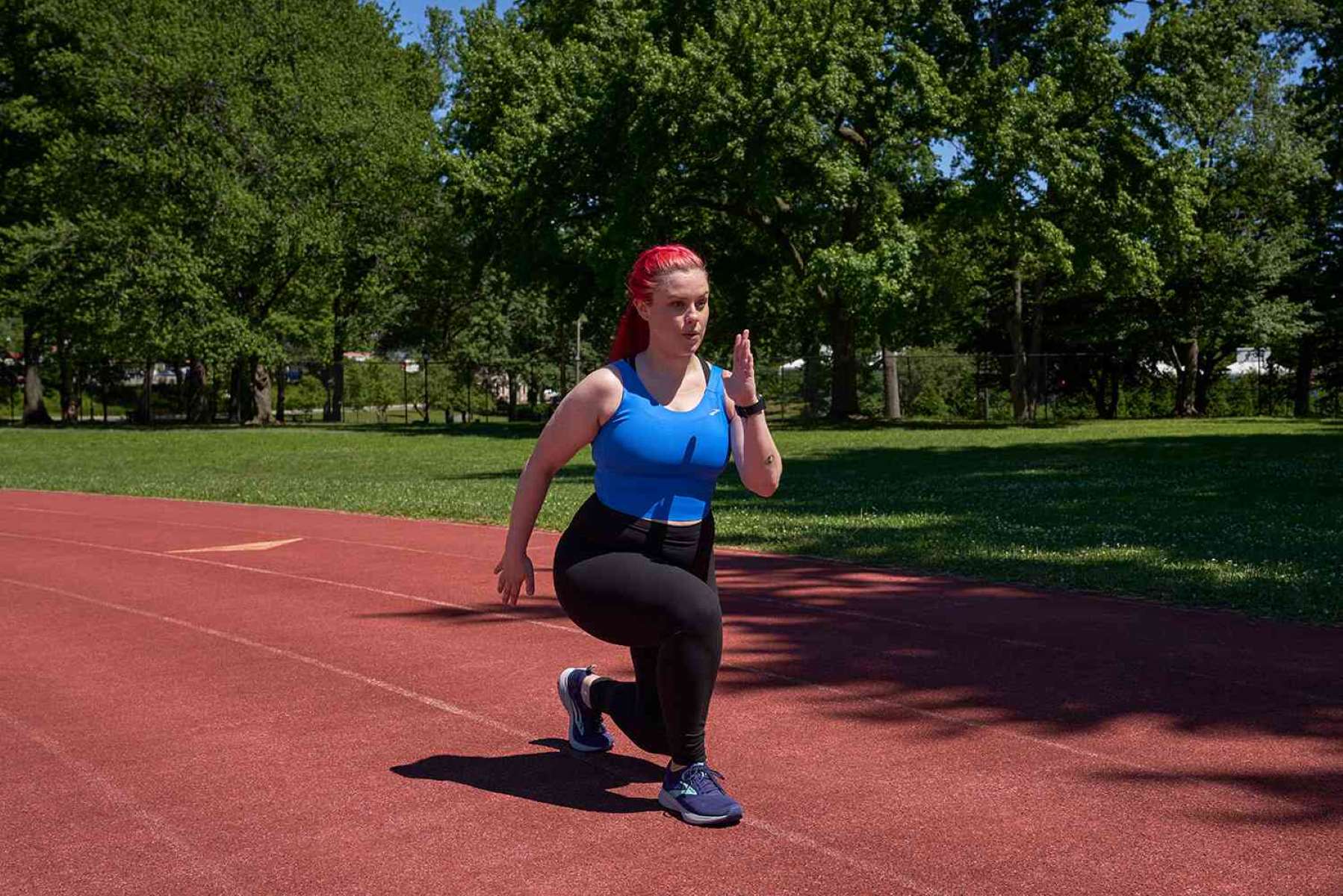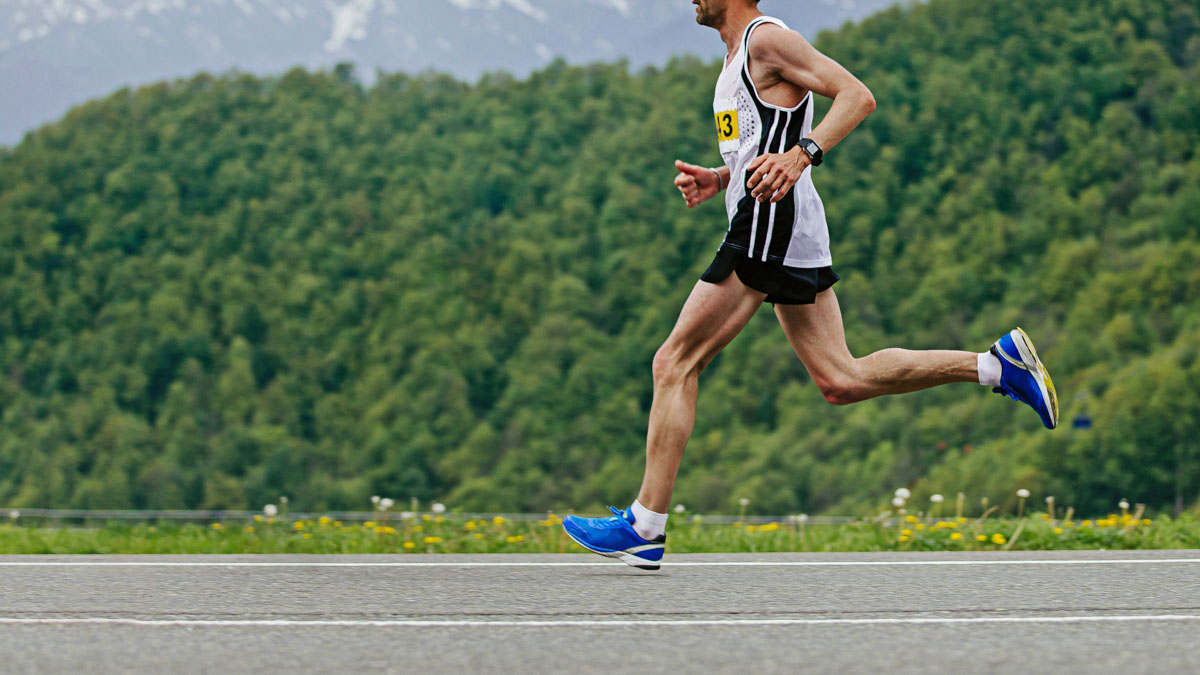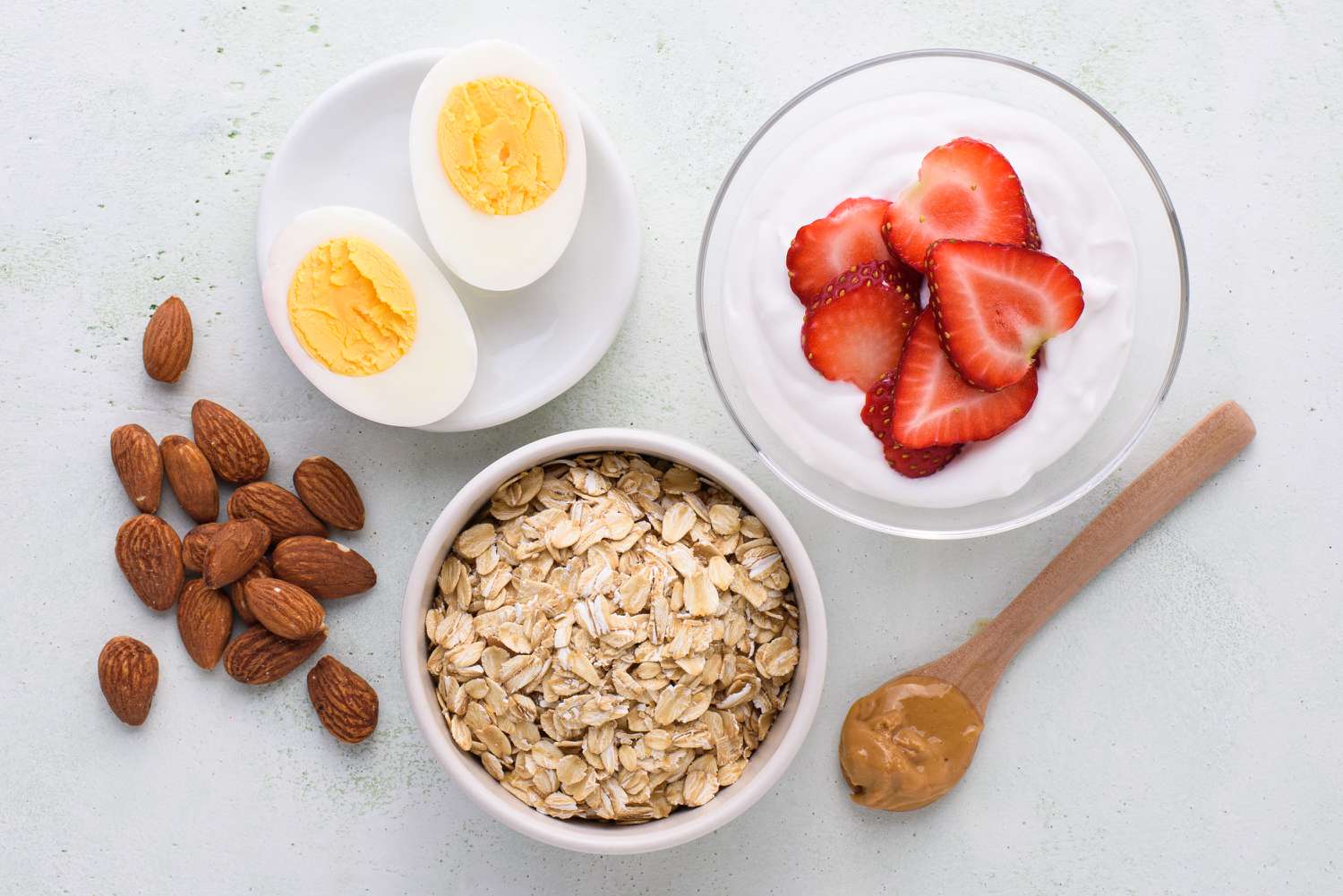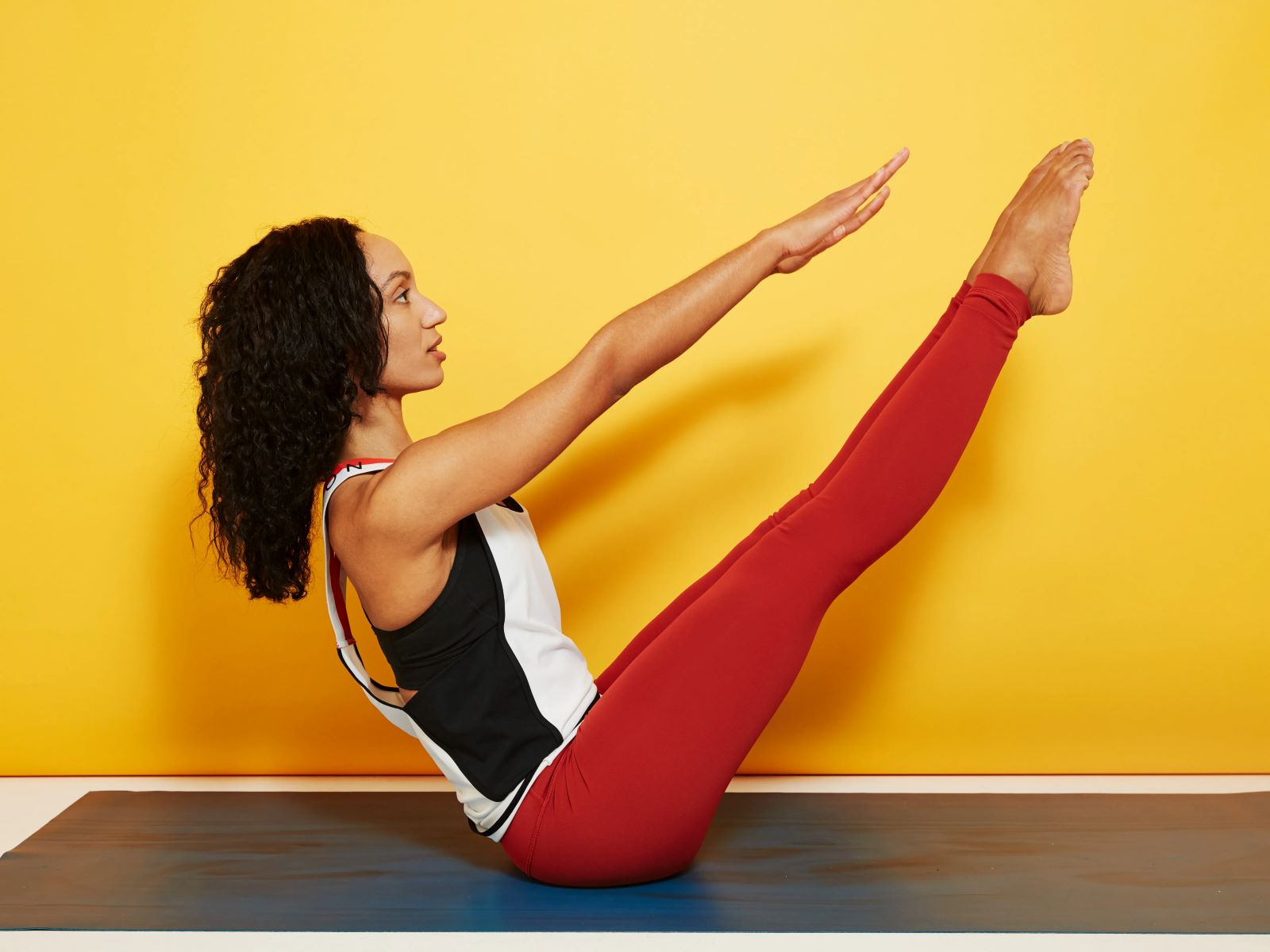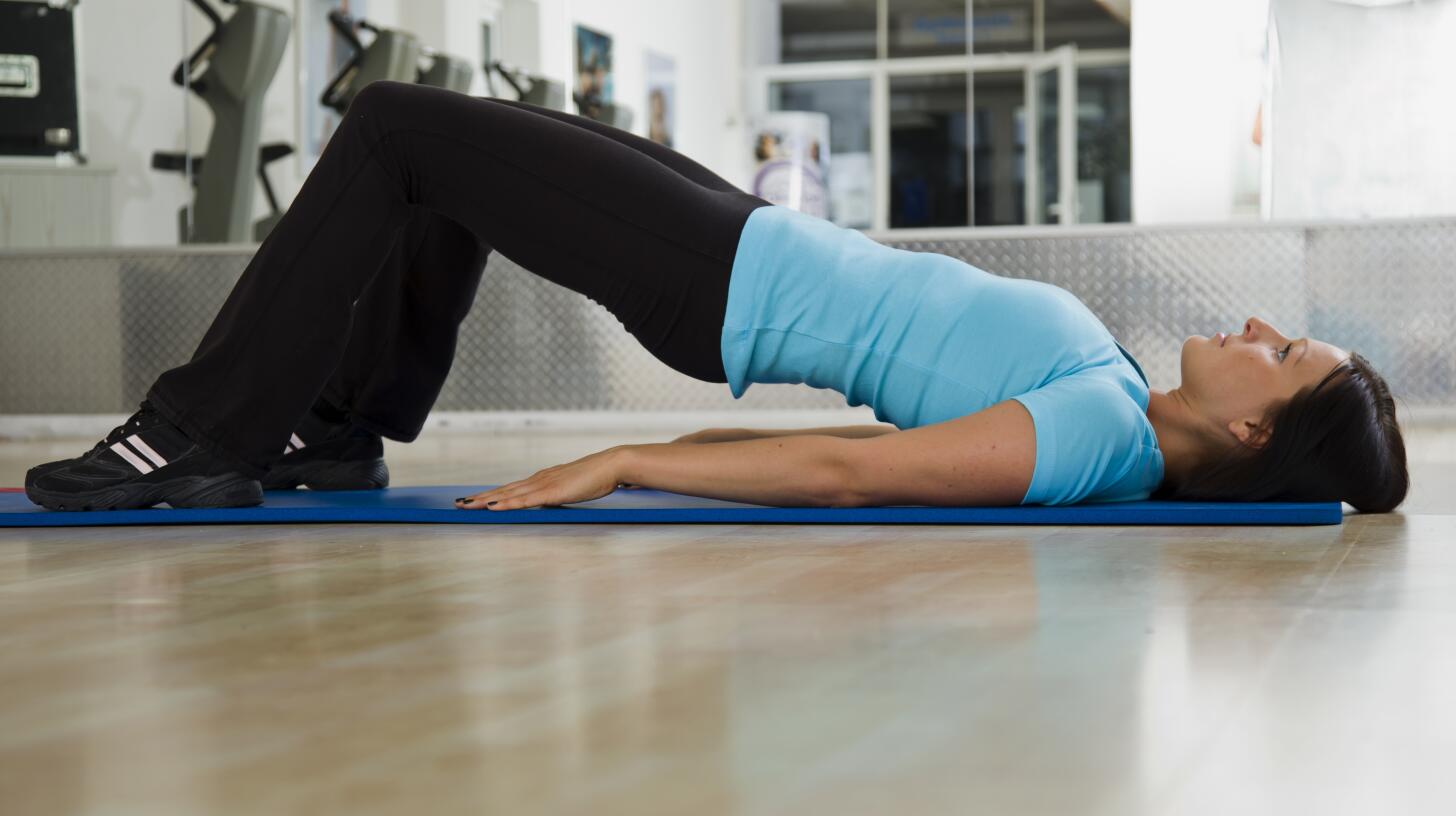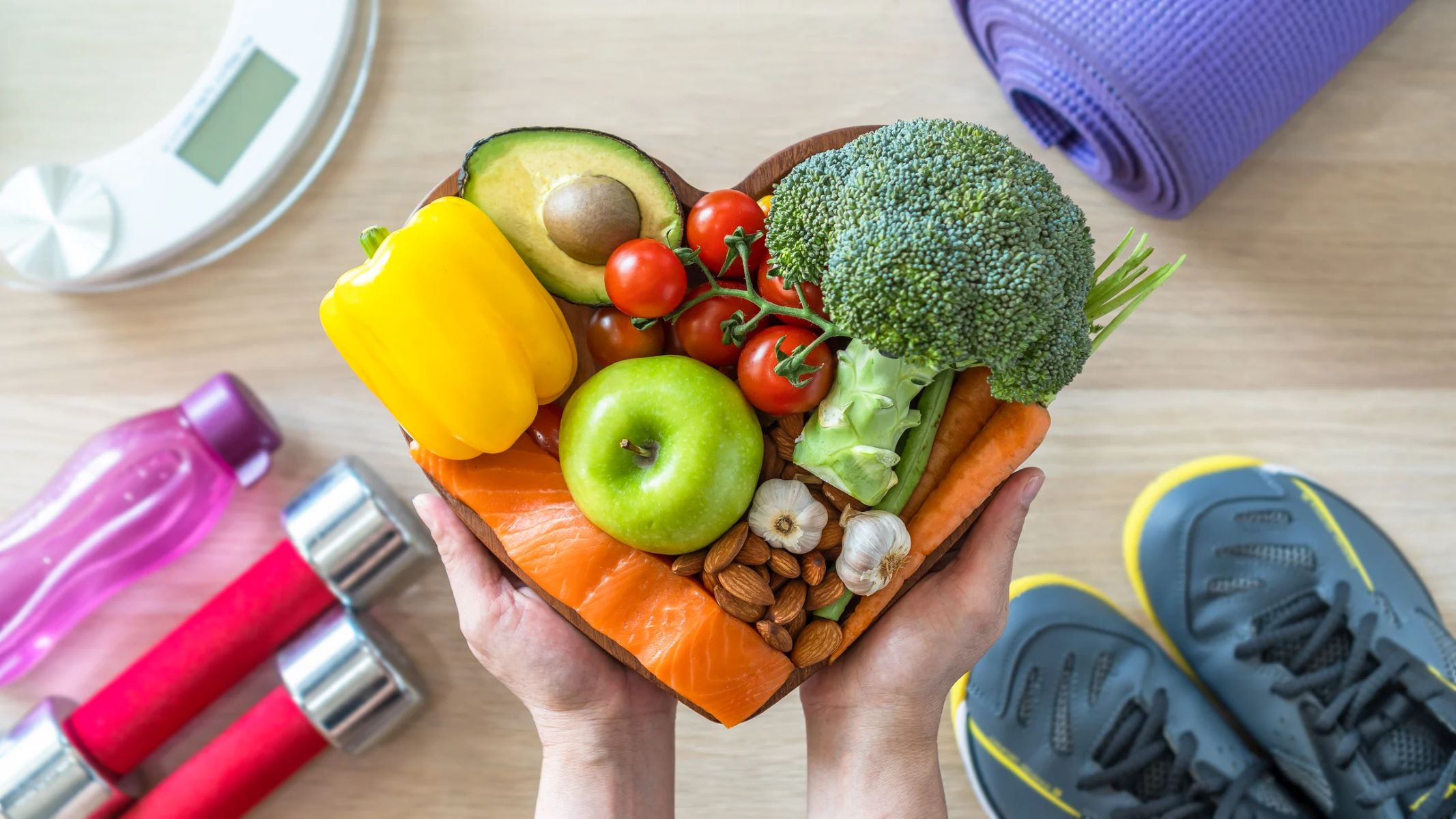

Featured
How Soon Can I Workout After Eating
Modified: January 2, 2024
Discover the ideal time to workout after eating. Get expert advice and tips on how to optimize your fitness routine. Don't let food hinder your progress. Featured: [How Soon Can I Workout After Eating].
Introduction
Many individuals are eager to hit the gym or engage in physical activity soon after eating a meal. However, it is essential to consider the effects of exercising on a full stomach. While exercise is crucial for maintaining overall health and well-being, it is equally important to prioritize proper digestion and avoid discomfort or potential health risks. This article will explore the factors influencing digestion time and provide recommendations on how long to wait before working out after a meal.
When you eat, your body begins the complex process of breaking down food, extracting nutrients, and eliminating waste. During digestion, blood is directed towards the stomach and intestines to aid in the absorption of nutrients. When you engage in exercise immediately after eating, the blood flow is redirected from the digestive system to the muscles, potentially hindering the digestive process and leading to discomfort such as bloating, cramping, and indigestion.
The time it takes for food to digest varies from person to person and depends on several factors, including the type of food consumed, portion size, and individual metabolism. Typically, it takes about two to four hours for the stomach to empty its contents into the small intestine. Foods rich in fat and protein take longer to digest compared to carbohydrates, which are relatively quick to break down.
Waiting for an adequate period before exercising allows your body to complete the digestion process and minimize any potential adverse effects. While there is no specific universal waiting time that applies to everyone, it is generally recommended to wait at least one to two hours after a light meal and up to three to four hours after a heavy or high-fat meal before engaging in vigorous physical activity. This allows sufficient time for the stomach to empty and the digestive system to function optimally.
Effects of Exercising on a Full Stomach
Exercising on a full stomach can have various effects on the body. While physical activity is generally beneficial, the timing of when you exercise after a meal can impact your performance, comfort, and overall well-being.
When you exercise soon after eating, your body may struggle to efficiently digest and absorb the nutrients from the food. This is because exercise diverts blood flow away from the digestive system and towards the muscles, causing a slowdown in the digestion process. As a result, you may experience discomfort, such as bloating, cramping, and even nausea.
Additionally, exercising on a full stomach can hinder your performance. Blood vessels in the digestive system dilate to facilitate nutrient absorption, which can reduce the amount of blood available to the muscles during exercise. This can lead to decreased energy levels, muscle fatigue, and a lack of stamina.
Another potential consequence of exercising too soon after a meal is an increased risk of acid reflux or heartburn. When you engage in physical activity, especially high-impact or vigorous exercises, the bouncing and movement can cause stomach acid to travel up the esophagus, leading to discomfort and burning sensations.
It is also worth noting that exercising on a full stomach can impact your body’s ability to properly hydrate. The digestive process requires water, and if your body is diverting blood flow away from the stomach, it may affect your body’s ability to absorb and distribute water effectively. This can impede your performance and increase the risk of dehydration.
Overall, it is advisable to allow sufficient time for digestion before engaging in exercise. This will help optimize your performance, reduce the risk of discomfort, and allow for proper nutrient absorption and hydration.
Factors Influencing Digestion Time
The time it takes for your body to digest a meal can vary based on several factors. Understanding these factors can help you gauge how long you should wait before exercising after eating.
1. Type of food: Different types of food require varying amounts of time for digestion. Fatty and protein-rich foods, such as meats and dairy products, take longer to break down compared to carbohydrates. This is because proteins and fats require more enzymatic activity and gastric acid secretion for proper digestion.
2. Portion size: The size of your meal can influence how long it takes for your body to digest it. Naturally, larger meals will take longer to break down compared to smaller meals or snacks. It is essential to listen to your body’s hunger and fullness cues and avoid overeating before engaging in physical activity.
3. Individual metabolism: Each person’s metabolism functions at a different rate, affecting digestion time. Some individuals naturally have faster or slower metabolism, which can impact how quickly their bodies break down and absorb nutrients from food.
4. Gut health: The health and efficiency of your digestive system also play a role in digestion time. Issues such as gastrointestinal diseases, food intolerances, or digestive disorders can slow down or impair the digestion process. Maintaining a healthy gut through a balanced diet and lifestyle can promote better digestion overall.
5. Physical activity level: Regular physical activity can enhance digestion by increasing metabolic rate and promoting intestinal motility. However, engaging in intense exercise immediately after eating can divert blood flow away from the digestive system and potentially disrupt the digestion process. It is important to strike a balance between exercise and allowing adequate time for digestion.
It is crucial to consider these factors when determining how long to wait before exercising after eating. While there are general guidelines, such as waiting one to four hours, it is essential to listen to your body and assess how you personally feel before engaging in physical activity.
Recommended Waiting Period Before Exercise
The waiting period before exercising after a meal depends on the type of meal consumed and personal factors. While individual preferences and tolerances may vary, here are some general recommendations to consider:
1. Light meals: For light meals that are lower in fat and protein, waiting at least one to two hours before exercising is typically recommended. This allows enough time for the stomach to empty and the initial stages of digestion to take place. Light meals may include salads, fruits, or small snacks.
2. Moderate meals: If you have consumed a moderately sized or balanced meal containing a moderate amount of fats, proteins, and carbohydrates, waiting two to three hours before exercising is advisable. This extra time allows for more thorough digestion and minimizes the risk of discomfort during physical activity.
3. Heavy or high-fat meals: After consuming a heavy meal or a meal high in fats, it is best to wait three to four hours before engaging in vigorous exercise. Foods high in fat take longer to digest, and exercising too soon after such a meal can disrupt the digestion process and lead to discomfort and reduced performance.
It is important to note that these recommendations are based on general guidelines and may need to be adjusted based on individual factors. Some individuals may experience faster or slower digestion, depending on their metabolism and personal tolerance to exercise after a meal.
If you are unsure about the waiting period that suits you best, it is always a good idea to listen to your body. Pay attention to any discomfort, bloating, or indigestion you may experience during physical activity after a meal. This will help you determine the appropriate waiting time that allows for optimal digestion and comfort.
Remember, the goal is to strike a balance between giving your body enough time to digest the meal and ensuring you have enough energy to perform well during exercise.
Pre-Workout Meal Suggestions
Choosing the right pre-workout meal can provide you with the necessary fuel and energy for your exercise session while minimizing the risk of discomfort or digestive issues. Here are some meal suggestions to consider:
1. Carbohydrate-based meal: Consuming a meal or snack that is predominantly carbohydrates can provide quick energy and be easily digested. Opt for options such as whole grains, fruits, vegetables, or a combination of both. Examples include oatmeal topped with berries, a banana with a spoonful of nut butter, or a veggie and quinoa stir-fry.
2. Balanced meal: If you prefer a more balanced approach, aim for a meal that incorporates carbohydrates, lean protein, and healthy fats. This combination helps provide sustained energy and aids in muscle recovery. Examples include a chicken or tofu wrap with whole grain bread, mixed greens, and avocado, or grilled salmon with sweet potatoes and steamed vegetables.
3. Small snack: If you are short on time or have a smaller appetite, a light snack may be sufficient to fuel your workout. Opt for easily digestible options that provide a combination of carbohydrates and a small amount of protein. Examples include a small handful of nuts with a piece of fruit, Greek yogurt with a drizzle of honey, or a protein smoothie with mixed berries.
4. Timing and portion control: It is important to consider the timing and portion size of your pre-workout meal. Allow at least 30 minutes to an hour for digestion before engaging in exercise. Additionally, be mindful of portion sizes to avoid feeling overly full or uncomfortable during your workout.
Remember, everyone’s dietary needs and preferences are unique, so feel free to experiment and find what works best for you. It is advisable to consult with a healthcare professional or registered dietitian for personalized recommendations based on your specific goals and dietary requirements.
Lastly, don’t forget to stay hydrated! Drinking water before, during, and after your workout is essential to maintain proper hydration and support optimal performance.
Tips for Exercising After Eating
Exercising after eating can be a challenge, but with a few simple tips, you can minimize discomfort and maximize your performance. Here are some tips to keep in mind:
1. Choose lighter meals: Opt for lighter, easily digestible meals before your workout. These meals should be lower in fat and protein to expedite the digestion process. Foods such as fruits, vegetables, whole grains, and lean proteins like chicken or fish can provide the necessary energy without weighing you down.
2. Allow enough time for digestion: It’s important to allow sufficient time for your body to digest the meal before engaging in exercise. As mentioned earlier, waiting at least one to four hours, depending on the size and composition of the meal, can help minimize discomfort and promote optimal digestion. Listen to your body and pay attention to any signs of fullness or bloating before starting your workout.
3. Stay hydrated: Proper hydration is crucial for exercise performance and digestion. Make sure to drink enough water throughout the day and especially before your workout. However, it’s advisable to avoid drinking large amounts of water immediately before exercise, as this can lead to discomfort or feelings of fullness.
4. Light warm-up: Prior to starting your main workout, include a light warm-up routine. Gentle movements, stretching, or a short cardio session can help stimulate blood flow to the muscles and aid digestion. This can also help prevent muscle cramping and reduce the risk of discomfort during your workout.
5. Modify exercise intensity: If you find that exercising after eating can be uncomfortable, consider modifying the intensity of your workout. Opt for low-impact exercises or activities that don’t put excessive strain on your digestive system, such as walking, yoga, or light cardio. This allows your body to focus on digestion while still getting some physical activity.
6. Listen to your body: Ultimately, it’s essential to listen to your body and adjust your workout accordingly. If you experience any discomfort, bloating, or indigestion during exercise, take a break and give your body time to settle. It’s better to prioritize your well-being and avoid pushing through discomfort, as it can negatively impact your performance and overall enjoyment of the workout.
Remember, every individual is different, and what works for one person may not work for another. It’s important to find a routine and approach that suits your body’s needs and preferences. If you have any concerns or specific health conditions, it’s always a good idea to consult with a healthcare professional or registered dietitian for personalized advice.
Conclusion
Exercising after eating requires thoughtful consideration to ensure optimal digestion and performance. It is essential to allow sufficient time for digestion, especially after consuming larger or high-fat meals. Waiting at least one to four hours, depending on the meal’s size and composition, is generally recommended.
Exercising on a full stomach can lead to discomfort, diminished performance, and potential health risks such as acid reflux or indigestion. It is crucial to listen to your body’s cues and adjust your workout intensity and timing accordingly.
Choosing the right pre-workout meal can make a significant difference in your exercise experience. Opt for lighter, easily digestible meals that provide a balance of carbohydrates and a moderate amount of protein and healthy fats. These choices will provide sufficient energy without weighing you down or causing digestive issues.
In addition to meal choices, other factors such as individual metabolism, gut health, and physical activity levels can influence digestion time. It is essential to consider these factors to determine the appropriate waiting period before exercise.
By following these recommendations and paying attention to your body’s needs, you can minimize the risk of discomfort, enhance your performance, and enjoy a productive and satisfying workout. Remember to stay hydrated, incorporate a light warm-up, and be mindful of how your body responds to exercise after eating.
Ultimately, finding the right balance between nutrition and exercise after eating is a personal journey. Experiment, listen to your body, and consult with healthcare professionals or registered dietitians for personalized recommendations based on your unique needs and goals.
